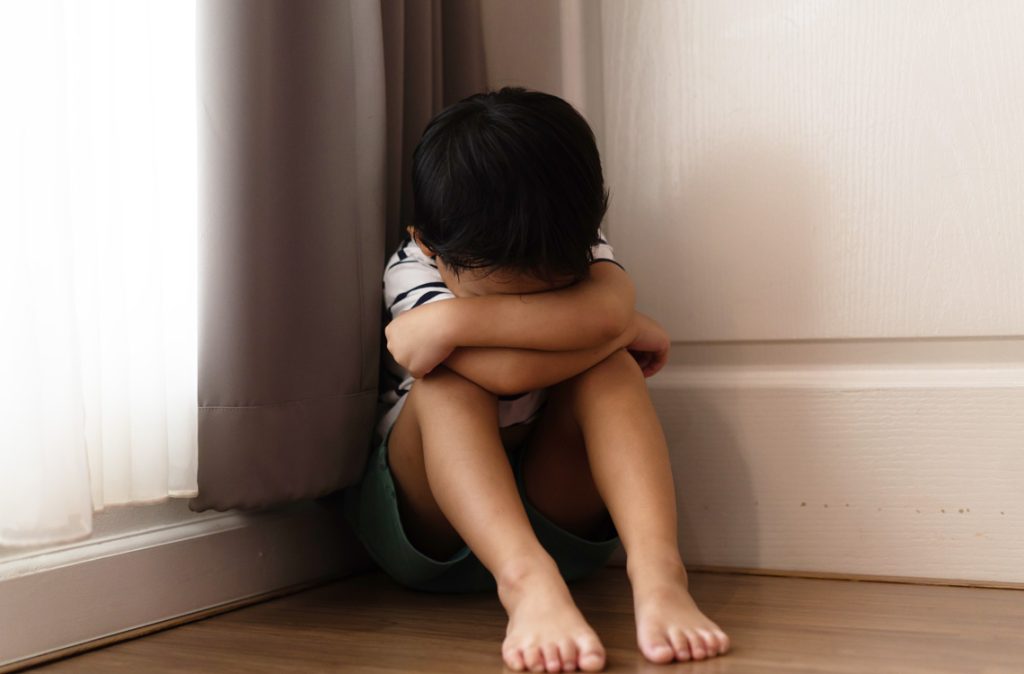When we drop our little ones off at preschool or daycare, we do so with a quiet trust. We assume that they will be cared for, protected, and safe.
But recent headlines have shaken that trust.
The recent case of two children being abused by their preschool teacher (while another one looked on while they were doing it) has sparked heated discussions about the safety of preschools and daycares.
Is it even safe anymore to send our vulnerable little ones under the care of relative strangers? Even if they were hired by a reputable institution?
Preschool Abuse: The Hard Facts
It’s a harsh reminder that child abuse happens everywhere, even in places where we think they are less likely to happen.
After all, isn’t a preschool or daycare where people are supposed to take of your kids while you’re away at work?
The idea that someone tasked with caring for your kids could instead be harming them is chilling.
And yet, some cases only come to light long after the damage has been done.
The problem isn’t just about rogue individuals. Gaps in screening, weak accountability, and inconsistent training.
Don’t let the sprawling skyscrapers fool you; Singapore is still behind on many child protection protocols.
There are many cracks in the system, and this includes employee vetting.
Even now, Singaporean preschools and daycares do not have proper measures when screening for teachers and caretakers.
The process can vary widely. In some places, background checks are not thorough enough to catch anything beyond obvious red flags (like a criminal record, for instance).
But in terms of more subtle signs, such as behavioural issues, psychological problems, and other rarely discussed warning signs? The jury’s still out on that one.
Change is Needed, One Preschool At a Time
With ongoing and frequent cases of child abuse going on in preschools, daycares and even kindergartens, it is time for the government to truly step in.
Surveillance in classrooms, if used responsibly, could be a useful tool in mitigating or catching abuse cases early before they escalate to death. Not as a form of distrust, but as a protective measure.
As of July 2024, the Early Childhood Development Agency (ECDA) announced that all preschools are mandated to install CCTVs in their classrooms and other areas such as play areas and napping rooms.
While this is a great first step in the right direction, the problem of employee screening should still be at the forefront of the initiative.
Not just by mandating background checks but by doing more thorough screenings and vetting processes.
While the statistics of abuse in preschools and daycare centres are still relatively low, the ideal number at the end of the day is zero.
Right now, some of the background checks performed on any adult working with children include educational background, employment history, social media and others.
Psychological screenings are not on that list, unfortunately.
Therefore, psychometric tests should be included in the list of mandatory background checks.
Preschools and childcare centres must raise their standards too, outside of government intervention.
Rigorous and regular staff evaluations should become the norm, not the exception.
Training needs to go beyond the basics. Educators should be taught how to spot early signs of abuse, not just in children but in colleagues, too.
Still, while institutions have a duty to protect, parents aren’t powerless in the equation.
What You Can Do As Parents
There are several measures that we as parents can take to prevent our children from being victims of preschool or daycare abuse.
Start by staying alert to your child’s behaviour.
Notice any sudden mood changes, regressions, or unexplained fear about going to their daycare or preschool.
These may be subtle signals that something’s wrong.
Be sure to ask your child about anything that they may see or experience at their school, no matter how small.
Ask questions – not just about academics, but about the classroom environment, discipline policies, and how issues are handled.
Observe how your child reacts to staff members, and don’t ignore your gut.
It’s also worth being more involved in parent-teacher associations.
In these settings, collective voices often hold more sway. When parents start asking questions, things get done.
Breaking the Silence
With these tips in mind, you can now play a greater role in your child’s safety.
Do not think you have no say about how a school is run just because they have their own protocols.
Perhaps the most powerful thing we can do as parents (and as a society, in general) is to talk about it.
Abuse thrives in silence; discussion always needs to be had. It’s uncomfortable, yes, but necessary.
We need policies that put child safety at the centre of early education. Not only when tragedy strikes but also as proactive, everyday responses. This means better screening, stronger protocols, and harsh consequences when rules are broken.
We may not be able to bubble-wrap our children forever, but we can demand that the people watching our little ones are truly worthy of our trust.
Because every child deserves to be and feel safe, and that is all every parent hopes for.
For more insightful stories and parenting advice, stay tuned to Mamahood Singapore!
